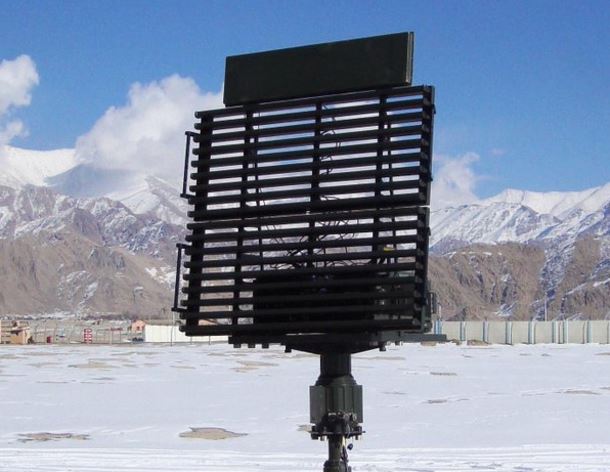SOURCE: IDRW.ORG

The Ministry of Defence, Government of India, has announced its intention to procure a state-of-the-art, man-portable, and compact Light Weight Passive Detection & Counter Measure System (LWPD-CMS). This advanced system aims to enhance the Indian Army’s capabilities in detecting, classifying, and countering various UAV threats, particularly in light of recent conflicts that have demonstrated the effectiveness of UAVs, UCAVs, loitering munitions, and commercial drones.
The Indian Army plans to integrate between 30 and 50 units of the LWPD-CMS with its existing 3D Tactical Control Radars (TCR) and Low-Level Light Weight Radars (LLLWR) to boost their operational capability and survivability. The Ministry invites companies, firms, and vendors to submit detailed information about their products that meet or exceed the specified parameters.
The LWPD-CMS must be capable of detecting and classifying UAVs using non-standard transmission channels. Recent conflicts have shown that drones are increasingly using frequencies in the HF, LORAN, 5G, X, Ku, and Ka Bands, along with spread spectrum and frequency hopping transceivers. The system should be able to detect emissions from various transmitters used by drones, such as altimeters, terrain avoidance systems, radar, telemetry, and data/video downlinks, and accurately ascertain the azimuth and angle of elevation of these air threats.
The system should employ passive detection, ensuring that its location is not electronically revealed. This feature is crucial for maintaining operational security and preventing the system from becoming a target itself.
Before deploying other air defense weapons, the LWPD-CMS should initiate electronic counter measures (ECM) to stop or divert the drone’s flight. The countermeasure subsystem must include a software-defined sector/transmitter capable of producing the necessary signals to effectively interfere with the drone’s control, navigation signals, and downlinks.
The LWPD-CMS will comprise two separate but fully integrated subsystems: the Light Weight Passive Detection System (LWPDS) and the Light Weight Counter Measure System (LWCNIS). These systems should be man-portable and compact, facilitating ease of deployment and integration with the Indian Army’s existing radar systems.
Vendors are requested to provide detailed information about their products, demonstrating how they meet or exceed the broad parameters outlined by the Indian Army. The required details should be furnished as per the proforma attached in Appendix B, in accordance with the provisions of Annexure II to Appendix A of Chapter II of the Defence Acquisition Procedure (DAP) 2020 (amended).
Recent conflicts in Europe have highlighted the extensive use of UAVs, UCAVs, and loitering munitions, particularly optimized for Suppression of Enemy Air Defenses (SEAD) to carry out precision strikes against air defense radars and weapons. These platforms, featuring low radar cross-sections and various transmitters in the electromagnetic (EM) band, pose significant threats. It is crucial for the LWPD-CMS to effectively counter these advanced threats to ensure the operational capability and survivability of the Indian Army’s air defense systems.
NOTE : Article cannot be reproduced without written permission of idrw.org in any form even for YouTube Videos to avoid Copy right strikes. Websites doing illegal reproductions will get DMCA and Legal Notices.